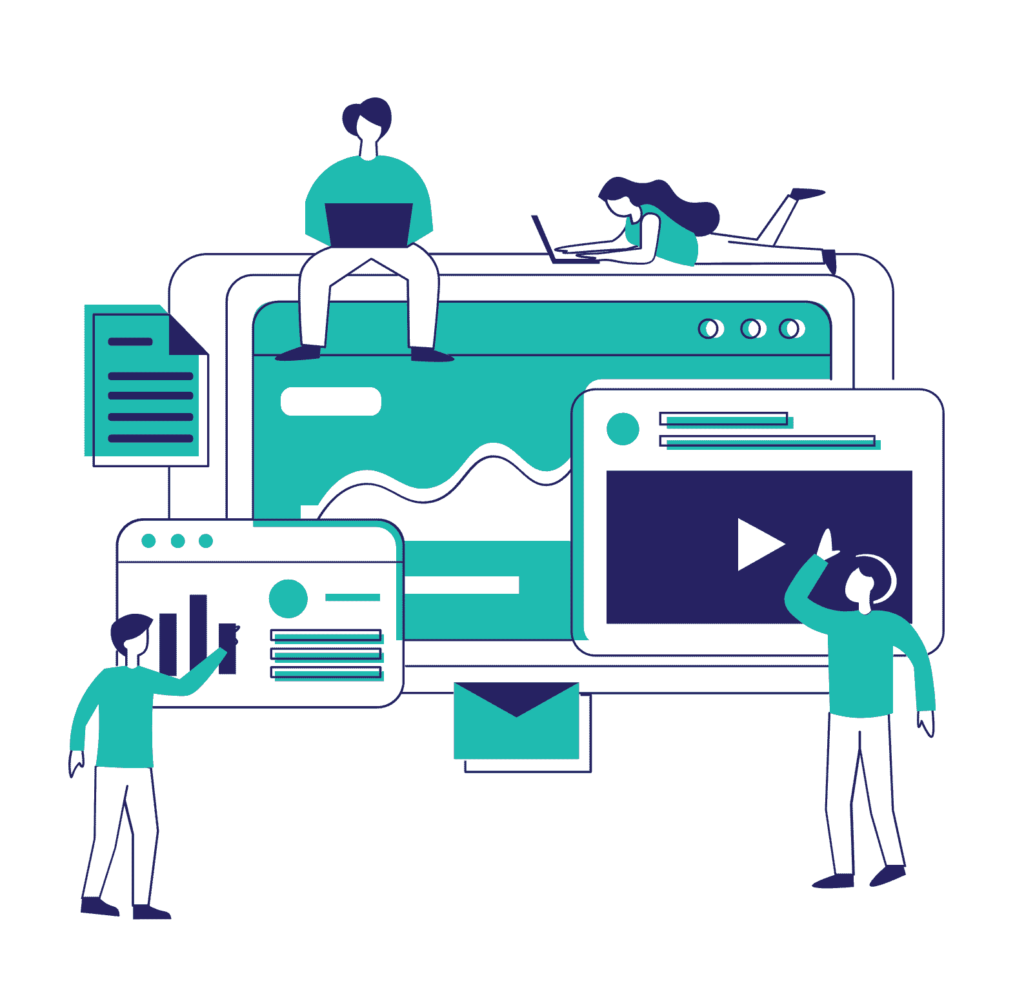Skilled and trained employees are the most important resource of a company. This is true for every single company, but the significance of skilled employees is particularly relevant in the customer service industry. Customer service agents come across a diverse range of situations and people in their work. All these interactions need to be conducted in a high-quality manner that is in line with the brand of the organization. Customer service situations demand a wide range of skills from an agent, skills that are almost impossible to maintain without regular training.
Developing and maintaining employee competence should be part of the HR strategy of every organization. Skilled employees are not only a differentiating factor and a competitive advantage for an organization, but also a huge asset. Now is the time to invest in systematic employee development!
Employee development through coaching leadership
Developing and maintaining employee competence has a huge impact on the employee experience. When an employee feels that the employer is making sure that they have the knowledge and skills they need to succeed at work, their work becomes more meaningful and their motivation grows. Identifying the purpose of one’s work can also help to understand why things are done the way they are.
Coaching leadership can help provide individual training and support for every employee. Before you can identify the individual training needs of each employee, you need to evaluate their work. The best way to do this is to monitor their customer interactions. Once you have gathered enough data on these interactions, you can see the areas in which the agent has performed well and where they need to improve.
You can then address these areas of improvement and set development targets with the employee that you will pursue together through coaching. In the coaching leadership model, the employee is responsible for taking action, while the supervisor helps and supports them as they pursue their goal. In this way, employees also improve their self-management skills and self-direction.
Getting started
Start by collecting data on the quality of the agent’s work by evaluating their customer interactions. A good goal for evaluating customer interactions is four evaluations per employee per month. Go through the results together with the employee and think about the areas that you plan to improve and how. These coaching sessions should be held every month so that you can regularly monitor the development process. If there are multiple employees who need support with the same issue, you can hold group coaching sessions!

Self-evaluation includes everyone in quality development
Self-evaluation is one of the most effective tools for developing one’s competence. So do make sure that employees have enough time for self-evaluation. This should be made standard practice, especially in the quiet moments of customer service.
Agents themselves can evaluate the same interactions that the supervisor has evaluated. This gives you an excellent idea of any differences there may be between the two. It is easy to see if there are any differences in the way the supervisor and the employee understand certain things.
Recognize success
It is important to be truly present, both in the role of a coach and a supervisor. Did you just complete an evaluation of an employee’s sales call? Did the call receive an excellent quality rating? Let your employee know this! Take joy in the moments of success in day-to-day work and give spontaneous praise to your employees instead of saving your feedback for the coaching sessions. Remember to also address any critical needs for improvement immediately so that nobody is left following the wrong procedure day after day. When an employee knows that their actions are being monitored and that they are given support and feedback on their work, their internal motivation to perform well grows, which in turn has a positive impact on the employee experience.
Employee development through coaching leadership is an effective way to develop and maintain employee competence and ensure that customers receive a consistent level of service. Our Coach’s Handbook is based on more than 20 years of experience working in a contact center environment. The handbook provides clear advice and insight on coaching work, pointers that you can immediately put into practice at work.




